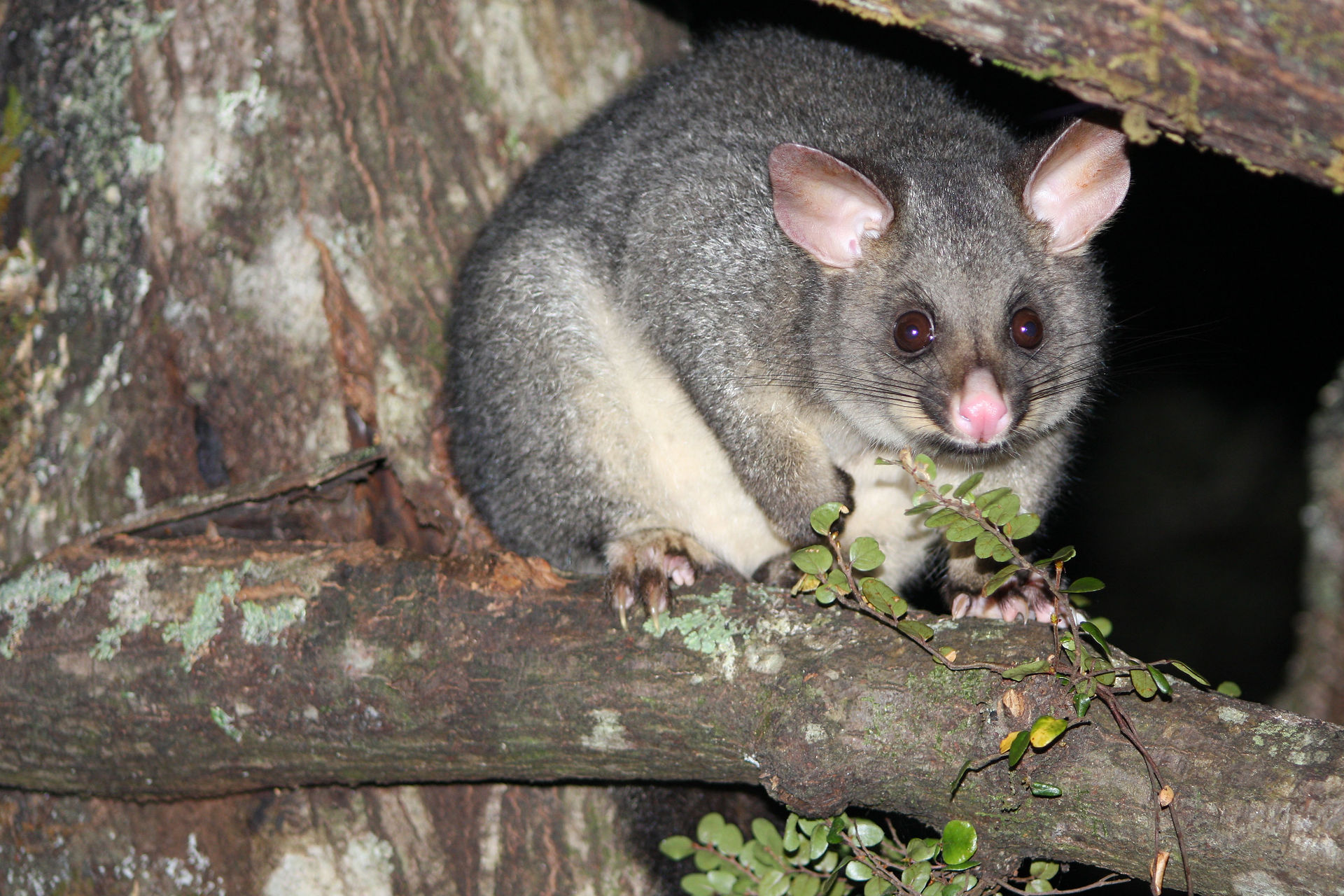
The spread of bovine tb has been mischievously blamed on the possum - without the existence of concrete evidence to confirm it. Dr J.C. Pollard (BSc (Hon), PhD, Zoology) stated in her recent review ... "While much has been made of the issue of possums transmitting bovine tuberculosis (Mycobacterium bovis) to domestic cattle there is still no empirical evidence that this has ever happened and no known mechanism of transmission (Coleman & Cook 2001; Nugent et al. 2015)."
TBFree New Zealand - the organisation - and its poisoning operations also appear to be built on misinformation about the docile Australian marsupial.
Billions of dollars have been spent on poisoning possums, on sustaining the 1080 poison industry and on funding scientific research designed to justify the never-ending use of this "necessary evil"...
Dr Jo Pollard has spent many years researching scientific literature about 1080 poison use. Her latest review can be viewed here - Aerial 1080 Poisoning in New Zealand - Reasons for Concern. She also reviewed the Parliamentary Commissioner for the Environment's (PCE) review of 1080 poison which was undertaken in 2011. Her findings about the PCE's report states ... "the following review demonstrates that the major assertions made by the PCE in her report are not supported by the studies she has cited, or by scientific evidence." To view Dr Pollard's review click here.
Dr Pollard recently responded to an affidavit presented by the Minister for the Environment Nick Smith in the pending Nelson Brook Valley court case in which a community group is challenging the Government's new regulations around aerial poisoning. Dr Pollard's affidavit response can be viewed here.
Dr Jo Pollard's website www.1080science.co.nz has a comprehensive collection of govt documentation, evidence, and independent reviews about the use of 1080 poison in New Zealand ...
Dr Jamie Steer recently completed his PhD thesis in Environmental Science at the University of Auckland. The thesis explored understandings of introduced species in New Zealand in the context of biodiversity management, arguing for a more reconciliatory approach to their history and fate in the country. This work is presently being adapted for publication but can be viewed here.
Jamie has an MSc in ecology from Victoria University of Wellington and has published studies on behavioural ecology and bioacoustics. He has worked in a range of different roles in the environmental services industry, including as an ecologist for an environmental design consultancy. He currently works as a Senior Advisor for the Biodiversity Department at Greater Wellington Regional Council.
In 2011, Canadian scientist Dr Alexis Pietak released her paper - A Critical Look at Aerial-dropped Poison-laced Food in New Zealand's Forest Ecosystems. She includes the following statement in her summary ... "The potential for widespread poisoning of New Zealand’s large number of endemic and threatened/endangered omnivorous, insectivorous, and carnivorous bird species by the uncontrolled distribution of poison-laced food throughout an entire ecosystem is a serious issue worthy of international concern and immediate action." Dr Pietak's full summary is printed below ...




